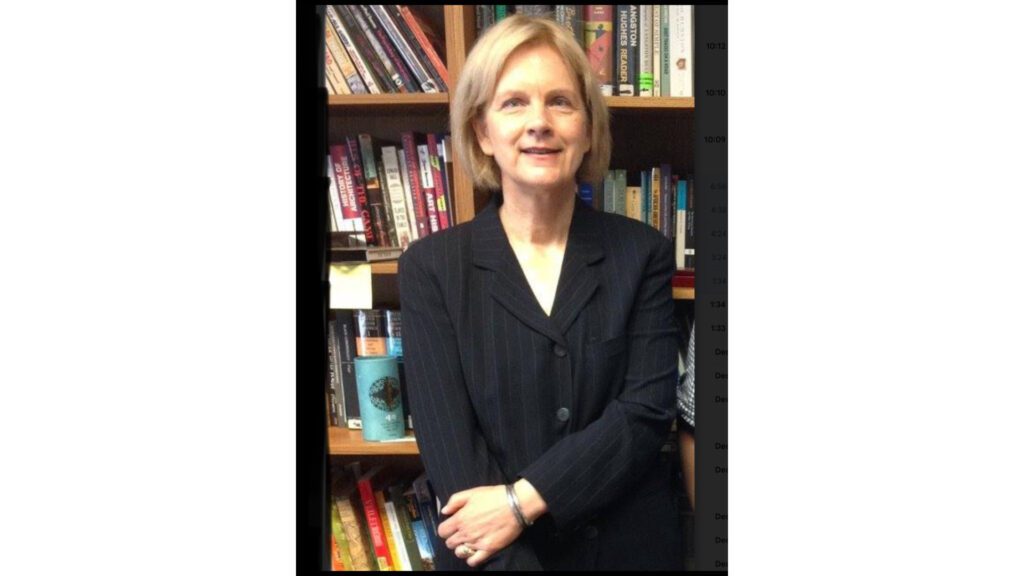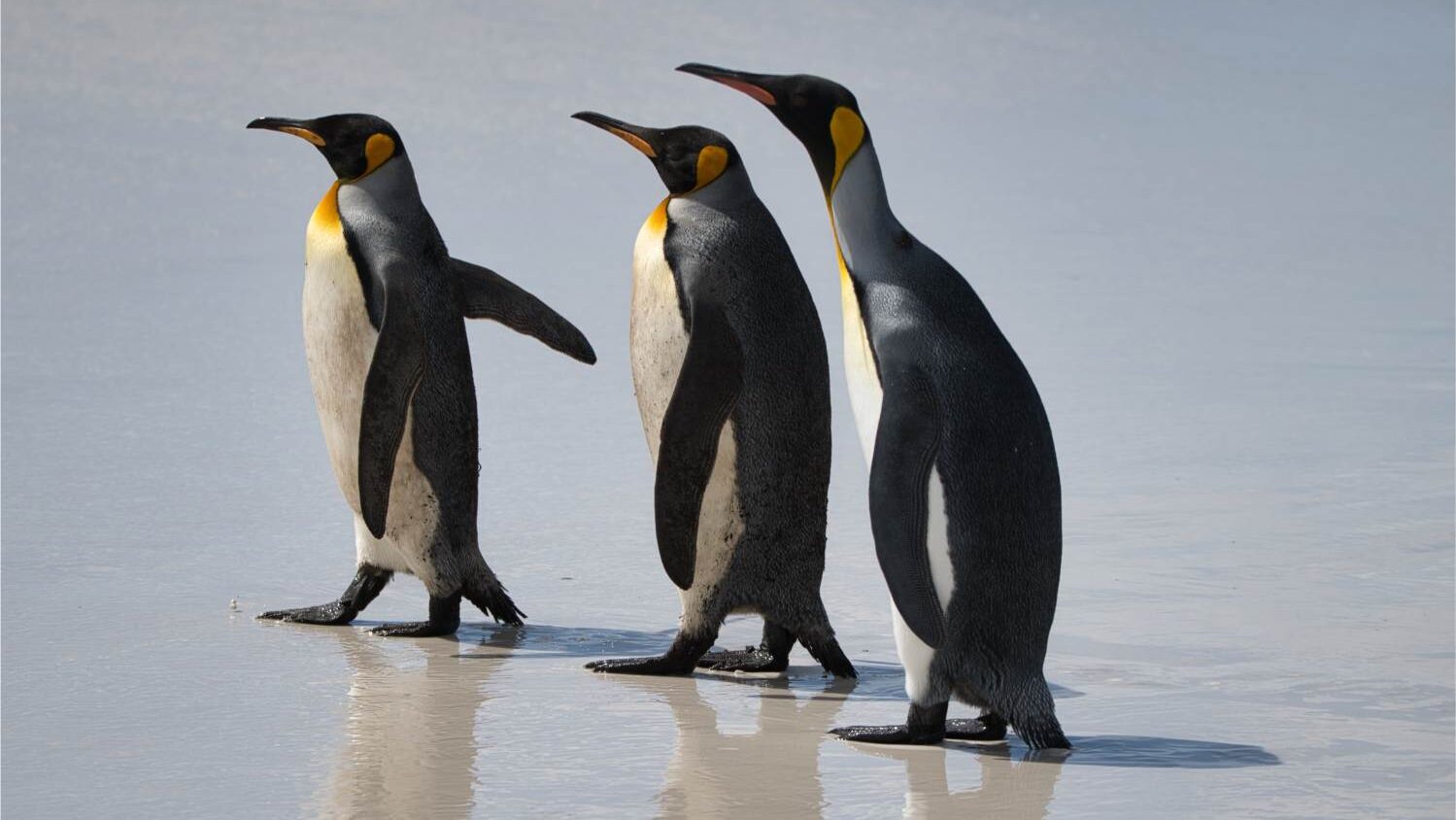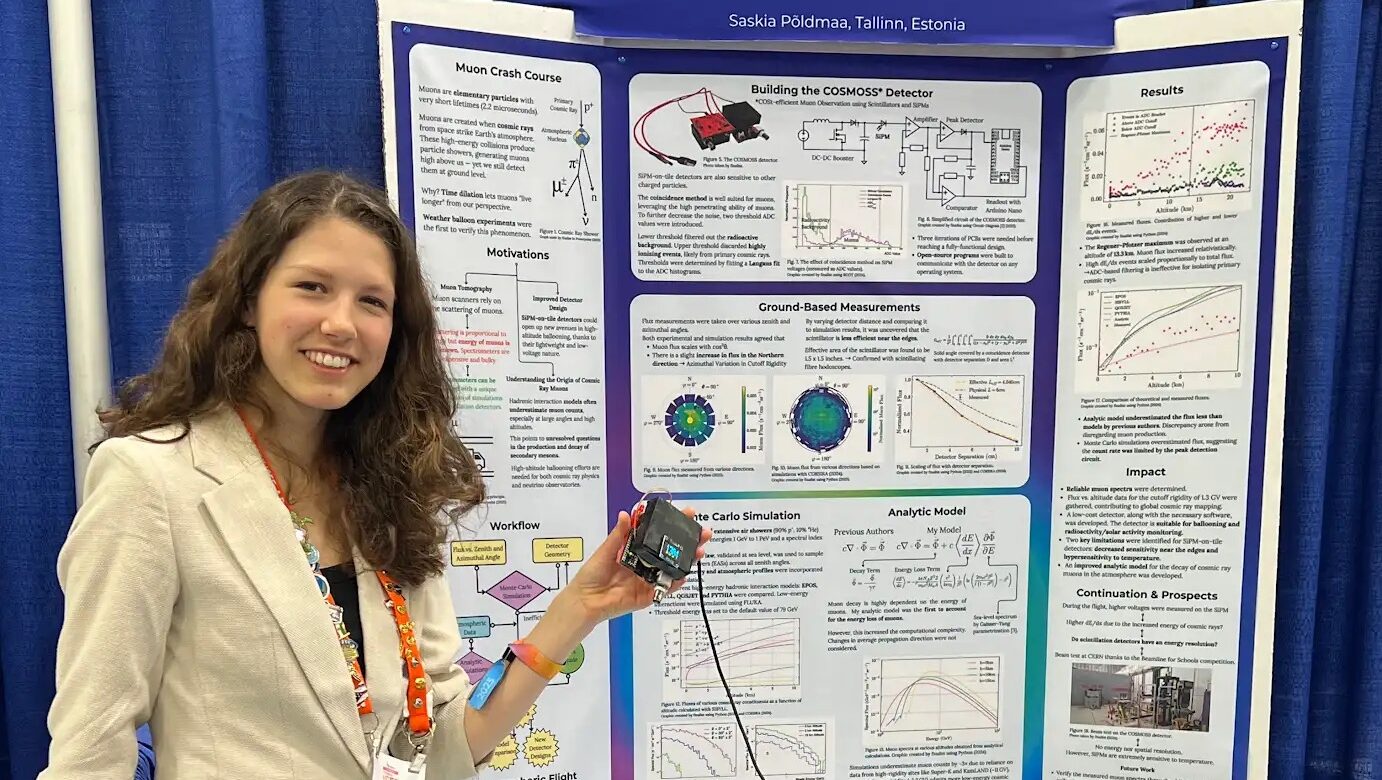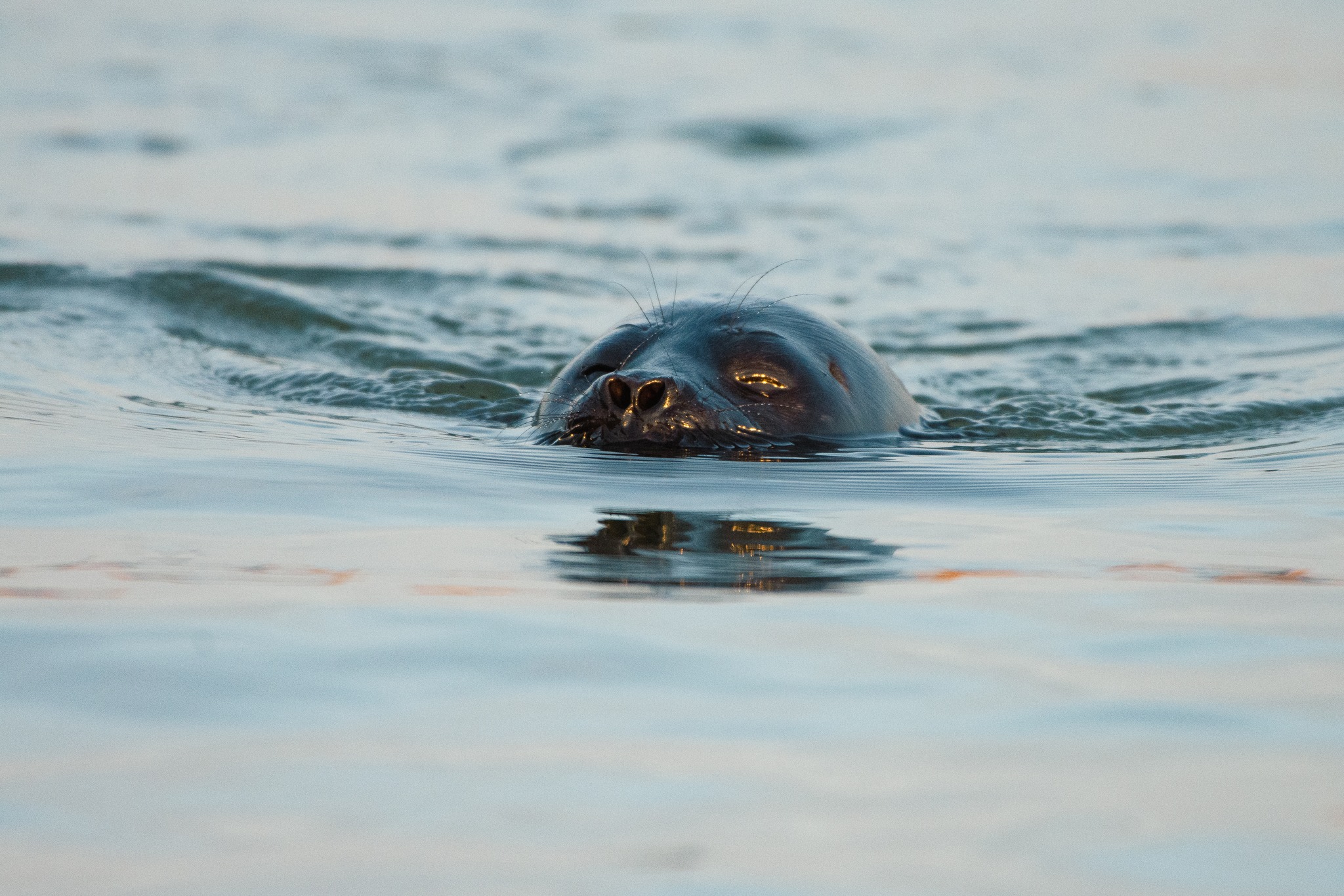Waves of Change (part one): From Hydrogen to Egg Shells and Green Roofs
May 16, 2023 Eesti Elu Nr. 20 2023
(A few science projects for the summer of 2023)
The world of the future is looking more amazing all the time. What do you do when lost in the woods and your flashlight or cell phone needs to be recharged? In the future, you may just need a bottle of water and some reactive aluminum foil to generate hydrogen.




